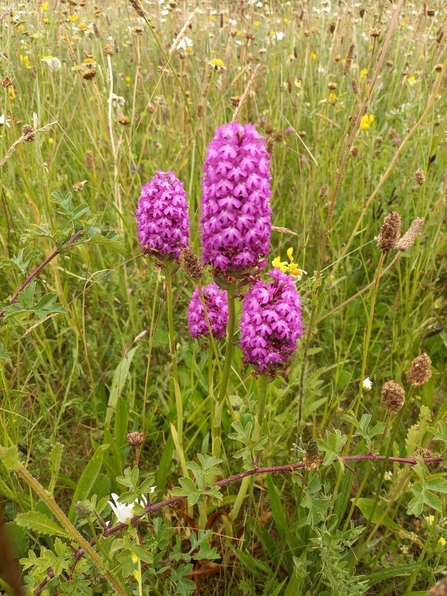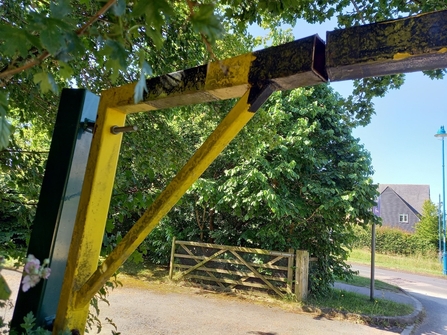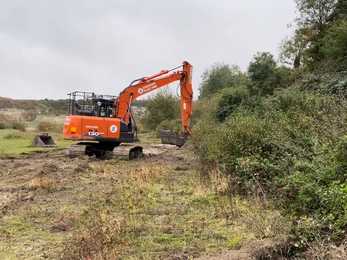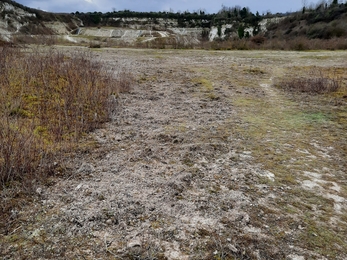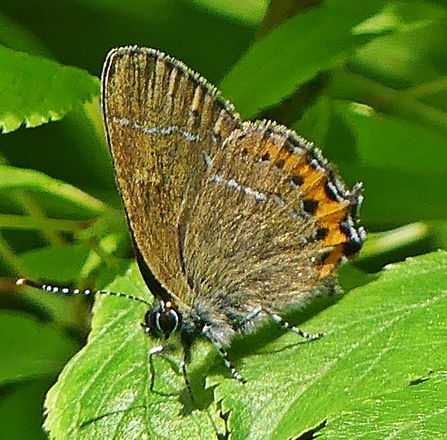East Cambridgeshire Reserves Highlights
Mark Ricketts, Reserves Manager (East Cambridgeshire)
Fulbourn Fen - fencing and tree felling
A section of stock fencing was planned to be replaced after the grazing season in 2024. However, with several ash trees suffering from ash dieback falling onto the fence line at the end of the winter this had to be brought forward and involved the coordination of volunteers, staff and contractors to get it all done.
Volunteers on the warden’s work party cut out and removed the old stock net and barbed wire. (Or should that be the wardens’ work party – Our long time voluntary warden for Fulbourn Pete has now been joined by James and John so Fulbourn Fen can have more frequent volunteer work parties).
Experienced staff with appropriate qualifications were needed to deal with the windblown trees that with attached root plates that have extra hazards compared to standard tree felling.
We have installed Clipex metal fence posts in house for the first time. A slight learning curve but with a 30 year guarantee and with the metal posts lighter, and easier to put into the ground and quicker to attach the stock net, we will be replacing more fencing with this in the near future.
The final job for the contractor is to remove the sections of timber from the site once ground condition are suitable.








